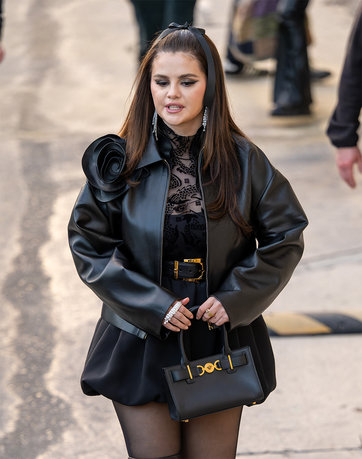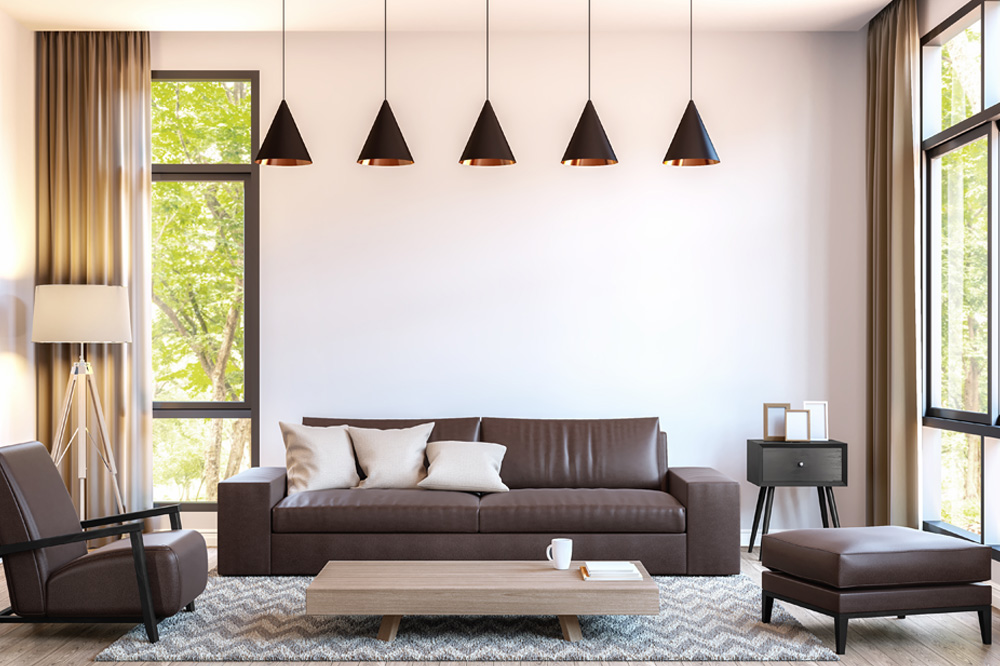
Man has used leather since the beginning of human history. However, long ago animal hide was mostly used for garments and it wasn’t until much later that the use of leather evolved and extended to home décor. It has undoubtedly become one of the most popular luxury furniture choices due to its versatility, durability and beauty. Leather lends a natural touch and brings a sense of warmth and comfort, giving an elegant and inviting appearance to any kind of room.
Here’s what you need to know about the attractive and malleable material, with some insight from décor expert, Hussein Batal.
At the beginning of leather’s role in interior design, it was only used in offices and workplaces. Then the Italians started to use it in antique furniture to create heritage-inspired pieces. After that, large factories began adding new colours to leather to make it fashionable.
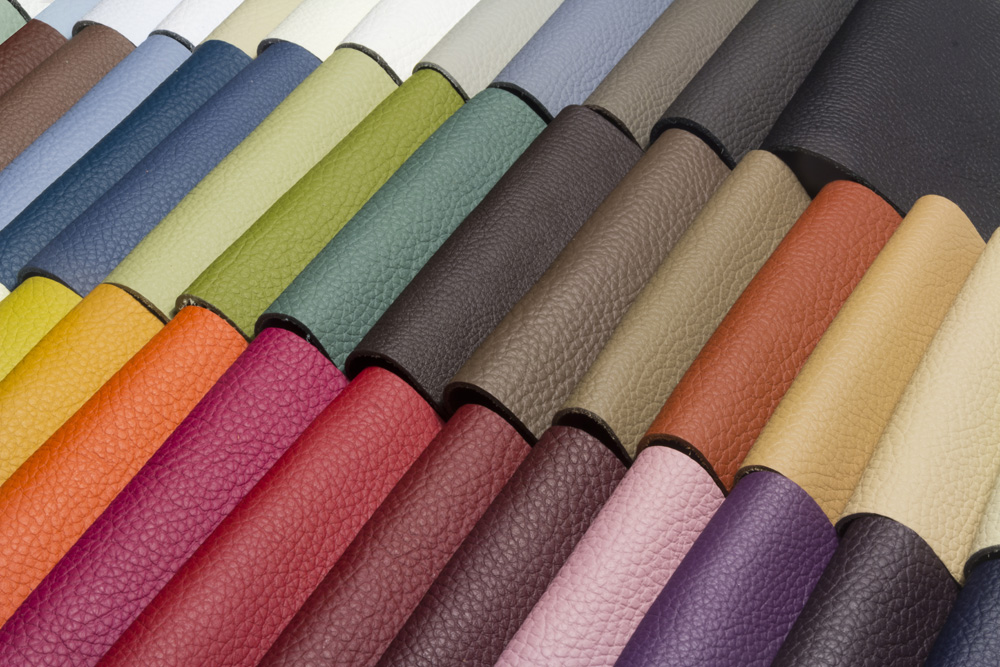
Ninety percent of natural leather furniture comes from cows, and manufacturing techniques vary from country to country. Natural leather is always top notch. Faux leather is made with polyurethane (PU), which resembles resin, qualifying it to look like real leather. While it never feels the same, compared to natural leather, fake leather is anti-scratch and needs little care.
6 Kinds Of Leather You Should Know About
1. Full Grain Leather:
Full grain leather is the most preferable when it comes to furniture, thanks to its palpable texture and one-of-a kind appearance. Natural markings on the cowhide, which may result from bug bites, scrapes on fencing (possibly even barbed-wire fencing), and other naturally occurring irregularities, give this leather its uniqueness.
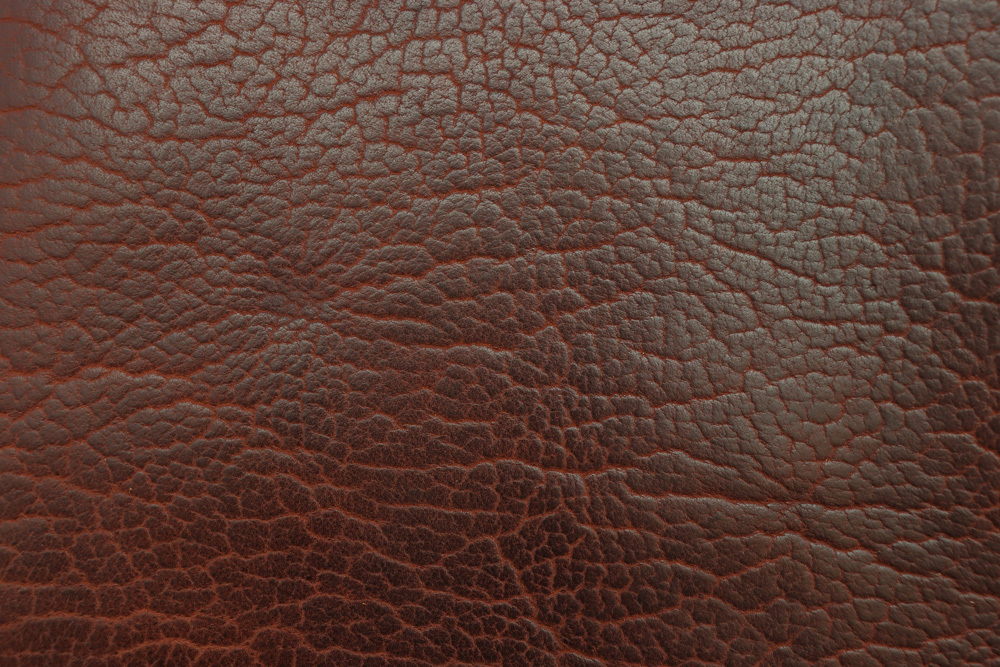
2. Top-Grain Leather:
Rather than grades, "grains" refer to how leather is cut from the original cowhide. Cowhide is thick and usually separated into several layers. The top or outermost layer is called top-gain leather and it is used for the most durable and expensive leather furniture.
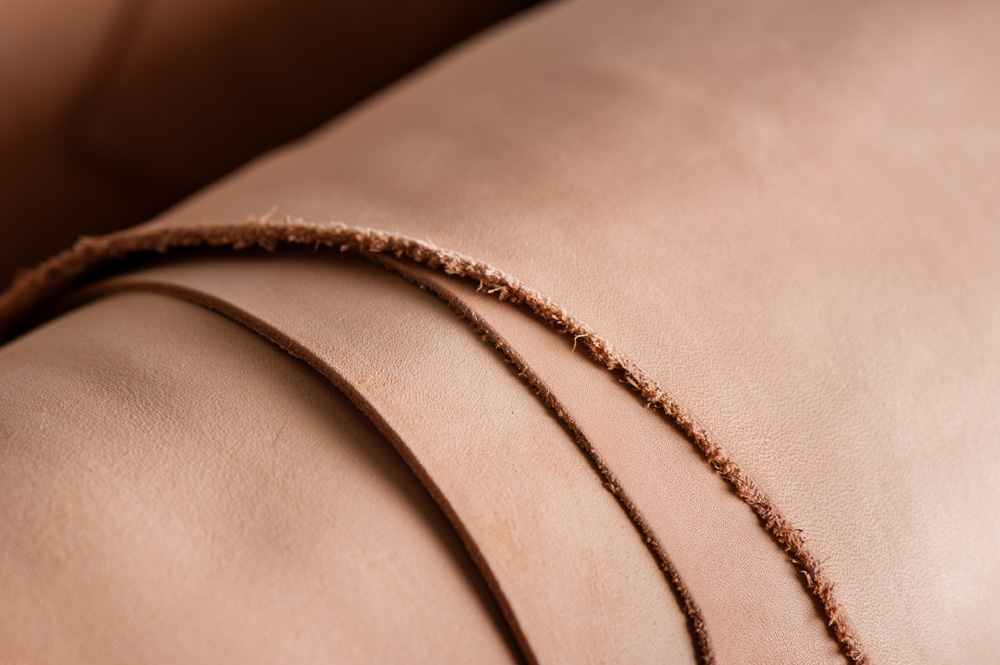
3. Aniline Leather:
Aniline leather has been dyed all the way through. It is soft and pliable to the touch and very durable as the leather is porous and breathes, allowing air to penetrate and prevent excessive dryness. As a general rule, the softer the leather is, the higher its quality, which also means a heftier price.
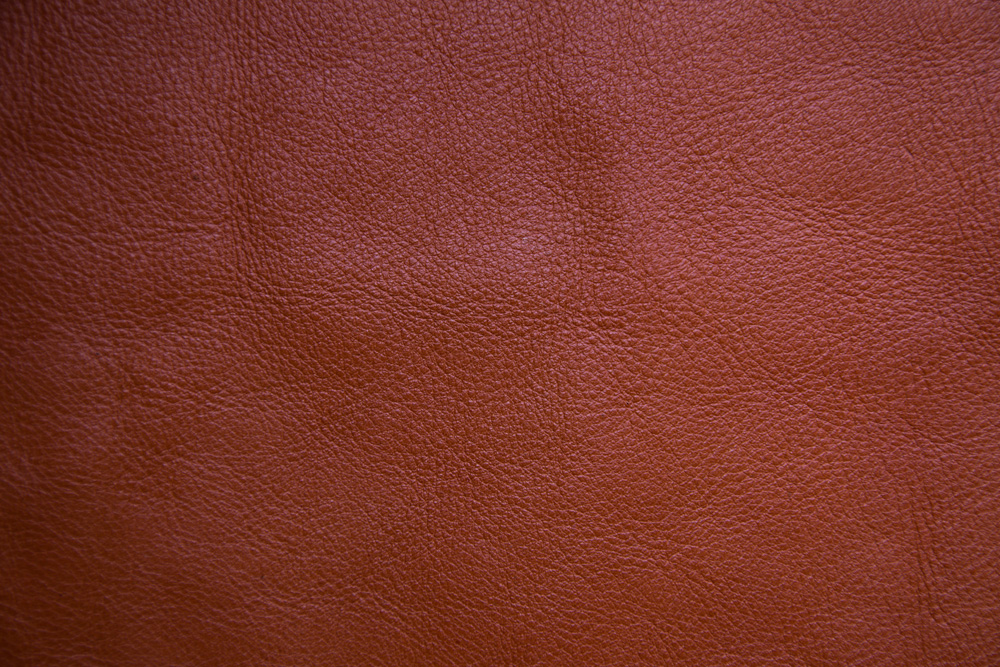
4. Antiqued Leather:
This is leather that has been dyed twice, once in a lighter colour and again in a darker colour. This results in variations and ageing in appearance. Antiqued leather is also known as "distressed leather."
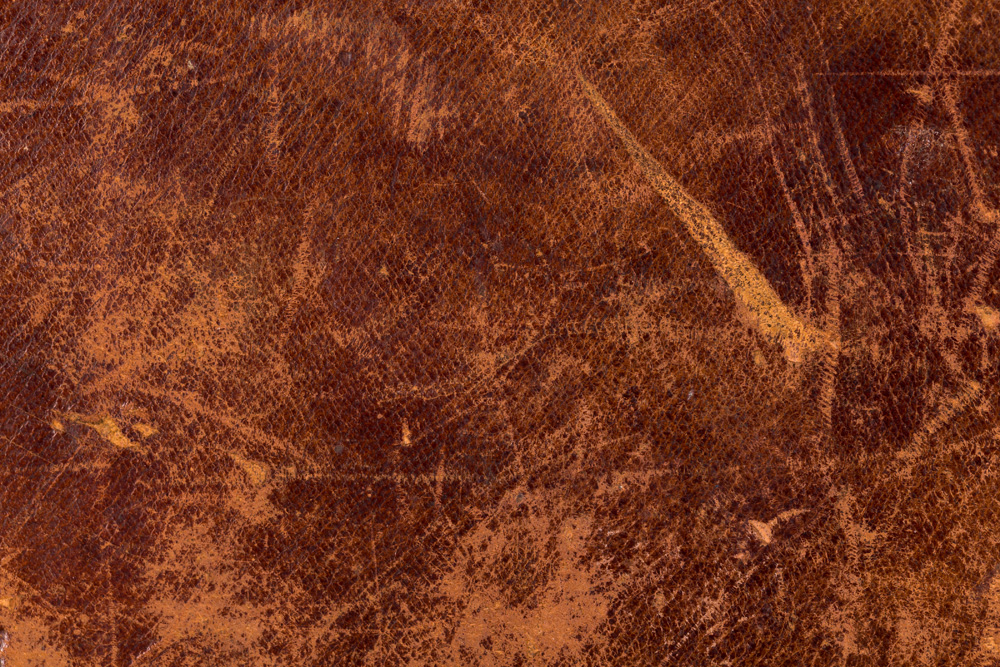
5. Nubuck Leather:
Nubuck leather is buffed on the outer side. It is strong and durable leather, which has the feel of velvet. However, it is different from suede, which is processed on the inside of the leather, rather than the outside.
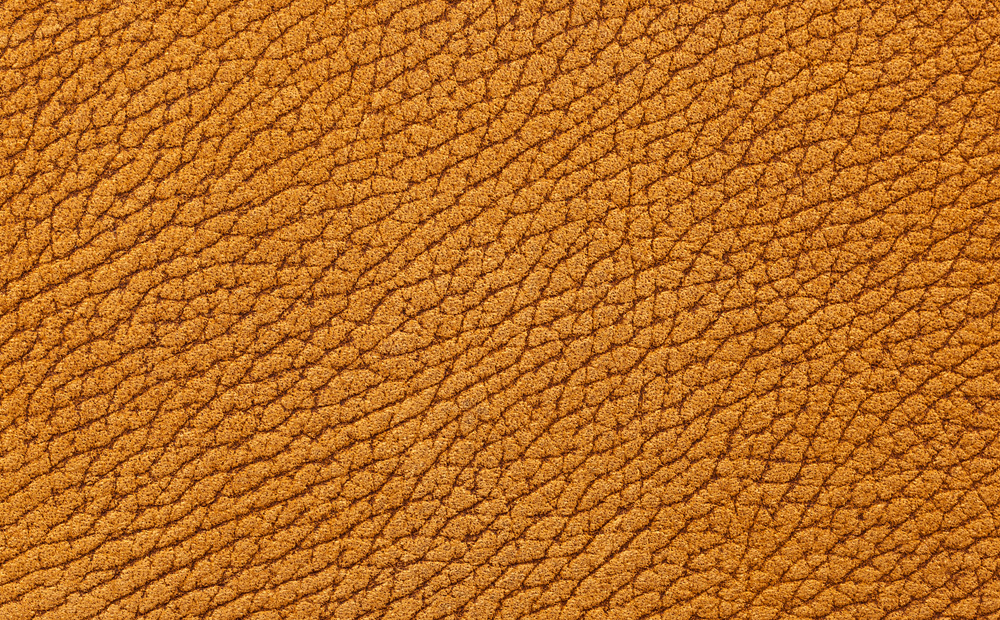
6. Pigmented or Painted Leather:
This leather has a uniform appearance, as opposed to full grain leather, which has natural marks, scrapes, and imperfections. A finishing agent is applied to pigmented leather, but this makes it less breathable and less resistant to wear. This type of leather is used in less expensive furniture, making it popular.

Design Tips
1. Add Swarovski beads, chrome and stainless steel (for seat legs) to leather to give it more luxurious look.
2. Use leather accessories according to the character of your house. Customary accessories go with a Flemish style, while silver leather suits traditionally designed houses and chrome looks great with a modern style.
3. In general, leather furniture goes well with all décor styles, from classic to modern.
4. Leather lives a long life and it’s not necessary to renew it constantly. Since it gives the house its main identity, when you feel like having a change, you can play around with the accessories.
Caring for Leather Furniture
1. Leather furniture should be kept out of direct sunlight.
2. Chemicals should not be used to clean leather.
3. Leather can be cleaned using a damp cloth.
4. Use the special creams for leather for seasonal cleaning to preserve its shine and flexibility.
5. When cleaning white leather furniture, add a small amount of dishwashing liquid to the water.
Advantages of Leather Furniture
Leather furniture wears as much as five times better than fabric furniture, making it an excellent choice for families with children and pets. It also has improved appearance and durability with age. Leather furniture actually acquires a "patina," or soft sheen appearance, considered to be attractive and desirable. Leather is also warm in winter and cool in the summer, making leather furniture the best choice for all seasons. (It is a misconception that leather is cold; leather takes on the same temperature as the body within 12 seconds).


























